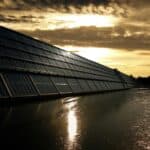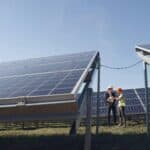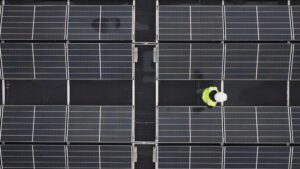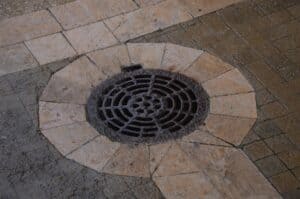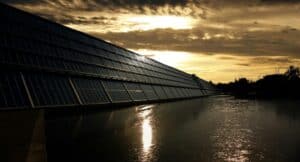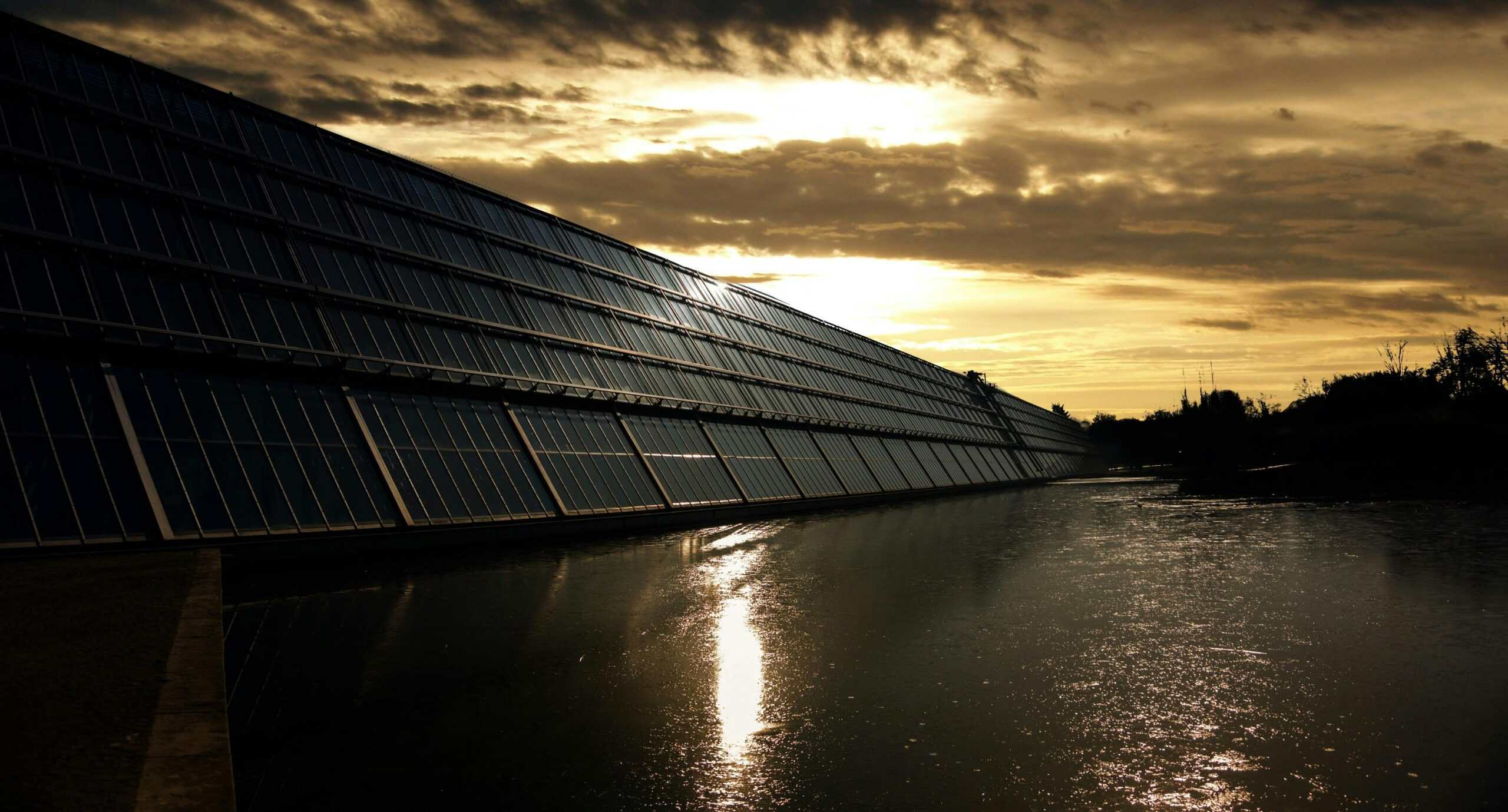
As solar technology continues to evolve, bifacial solar panels have emerged as a frontrunner in the quest for efficiency and sustainability. JMS Energy, a leader in renewable energy solutions, has set new benchmarks with their advanced bifacial solar panels. In this FAQ, we delve into why JMS is considered the best in the industry.
Table of Contents
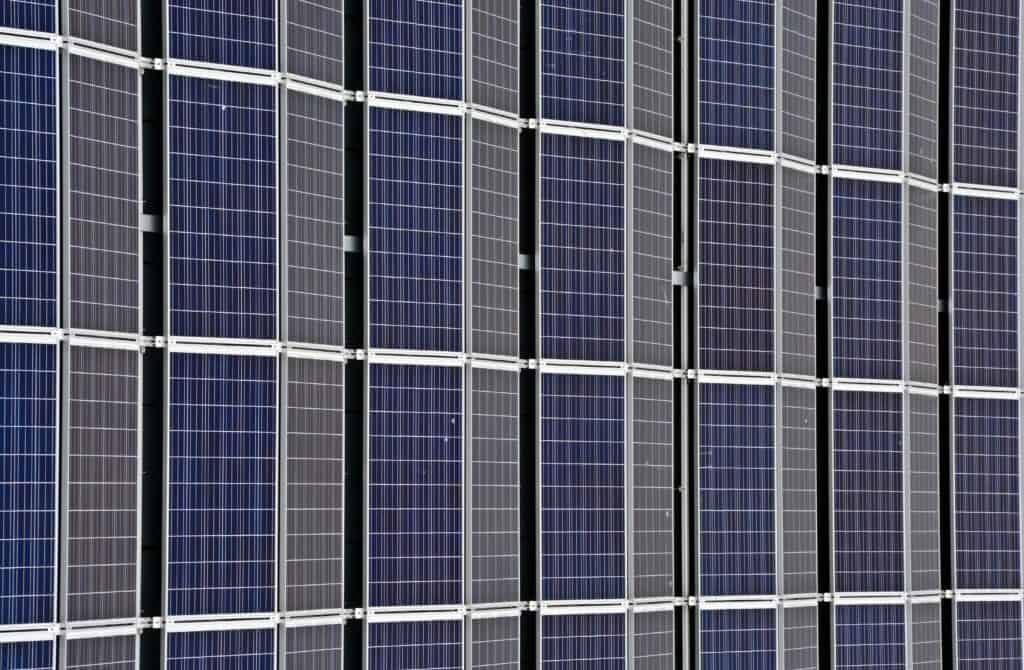
What makes JMS bifacial solar panels superior to traditional solar panels?
JMS bifacial solar panels offer a distinct advantage over traditional single-sided panels. Traditional panels only capture sunlight on one side, whereas bifacial panels can capture sunlight from both sides, thus significantly increasing energy output.
JMS has engineered their panels to utilize high-quality materials and cutting-edge technology, allowing for an increase in energy generation of up to 20% compared to conventional panels. The design of JMS bifacial panels minimizes shading losses and thus enhances overall efficiency. Their careful selection of materials ensures transparency and durability, leading to better performance and longevity.
How does JMS ensure the durability and efficiency of their bifacial solar panels?
The durability of solar panels is crucial for long-term investments. JMS bifacial panels are manufactured with robust, weather-resistant materials that can withstand extreme environmental conditions. Reinforced with tempered glass on both sides, these panels are designed to endure stressors such as hail, heavy winds, and snow loads.
Efficiency is further enhanced through JMS’s pioneering anti-reflective coatings, which improve light absorption. The meticulous engineering approach ensures that their panels maintain peak efficiency throughout their lifespan. JMS employs comprehensive quality checks and testing procedures at every stage of production, guaranteeing panels that consistently deliver superior performance.
Are JMS bifacial solar panels suitable for all types of installations?
Yes, JMS bifacial solar panels are versatile and suitable for a variety of installations including residential, commercial, and utility-scale projects. Their design accommodates diverse mounting options, such as rooftop, ground-mounted, and canopy setups.
Thanks to their dual-sided energy capture capability, JMS bifacial panels perform exceptionally well in installations with reflective surfaces underneath, like white roofs or light-colored gravel. This adaptability provides clients with the flexibility to tailor their solar solutions according to their specific needs and environment, maximizing their return on investment.
What environmental benefits do JMS bifacial solar panels offer?
JMS bifacial solar panels offer several environmental advantages. First, their increased efficiency means fewer panels are required to produce the same amount of energy, reducing the materials needed for production and the associated carbon footprint.
By utilizing both direct and reflected sunlight, these panels optimize land usage and minimize the ecological disruption often associated with large-scale solar installations. JMS’s commitment to sustainable manufacturing processes further enhances the environmental benefits, making their panels an excellent choice for eco-conscious consumers.
How do JMS bifacial solar panels impact energy costs and what is the payback period?
JMS bifacial solar panels have a direct positive impact on energy costs. By generating more electricity from the same footprint, they significantly reduce the dependence on grid electricity, lowering utility bills. This increased efficiency also means that the initial investment is recuperated more quickly.
The payback period for JMS bifacial solar panels can vary depending on the installation size, location, and local energy rates. However, many customers experience a return on their investment within 5 to 8 years. Moreover, JMS offers extensive warranties and support, ensuring panels continue to deliver savings and contribute to energy sustainability over their long lifespan.
Can JMS bifacial solar panels be integrated with other renewable technologies?
Absolutely. JMS bifacial solar panels can be seamlessly integrated with other renewable technologies such as wind turbines, battery storage systems, and smart grid solutions. This flexibility allows for the creation of hybrid energy systems that provide reliable, sustainable, and cost-effective power solutions.
JMS provides tailored solutions and expert consultations to help customers design and implement comprehensive renewable energy strategies that align with their specific goals and requirements. This integrated approach not only maximizes energy production but also enhances energy security and resilience.
How does JMS support its customers in the installation and maintenance of bifacial solar panels?
Customer support is a cornerstone of JMS’s service offering. Their team of experts guides clients through every step of the installation process, from initial consultation and site assessment to installation and grid connection. JMS ensures that each system is optimally designed and installed to maximize performance.
Post-installation, JMS provides ongoing maintenance services to ensure the long-term performance of their solar panels. Their support includes regular inspections, cleaning, and performance assessments, along with rapid response teams for any technical issues. This comprehensive support ensures that customers can enjoy the benefits of solar energy with confidence and peace of mind.
How does JMS contribute to the advancement of solar technology?
JMS is at the forefront of solar technology innovation. Their investment in research and development has led to continuous improvements in panel efficiency and durability. JMS collaborates with leading academic and industry partners to develop cutting-edge solutions that push the boundaries of what is possible in solar technology.
Additionally, JMS participates in various sustainability initiatives, sharing knowledge and expertise to promote greater adoption of renewable energy technologies. Their commitment to innovation ensures that they remain leaders in the fast-evolving solar energy sector, providing customers with the most advanced and efficient solar solutions available.
Conclusion
JMS bifacial solar panels represent the pinnacle of solar technology, offering unmatched efficiency, durability, and environmental benefits. Their adaptability to various installation scenarios and integration with other renewable technologies makes them a versatile and reliable choice for any energy strategy.
With comprehensive customer support and a strong commitment to innovation, JMS ensures that their bifacial panels not only meet but exceed the expectations of their clients. For those seeking to embrace the future of clean energy, JMS offers a trusted and effective solution that empowers sustainable living and commercial energy transformation.

